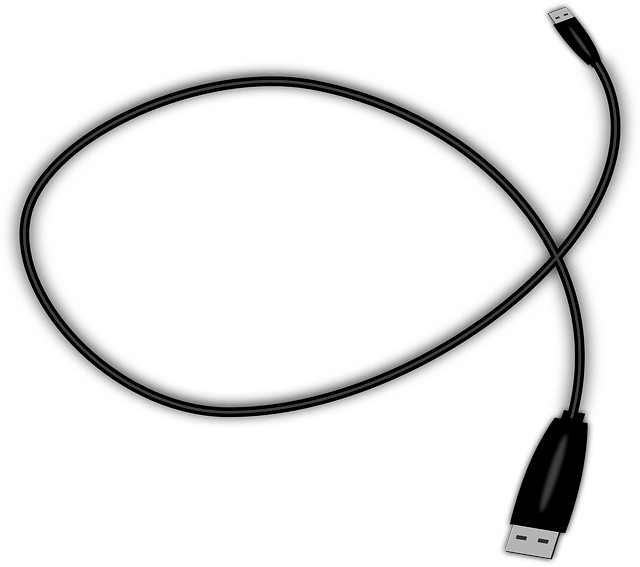The USB Interface Technology has made life simple and connecting peripherals to computers couldn’t get easier. After the introduction of the USB 2.0 interface technology even devices like external hard disks, printers and scanners started using USB cables.
Anyway, did you ever spare a thought as to why these wires have a standard length? In this article we uncover the reasons behind the standard lengths of these USB cables. Also in addition, we suggest you methods you can implement to increase the cable length without effecting performance.
The USB Cable Length Phenomenon:
The length of cable for all the devices is not constant. It simply depends on the application you have at hand. There are certain USB rules which ought to be followed.
Generally in many interfaces (even other than USB) the cable length is calculated based on the various electrical parameters of the communications system.
Here the point to note is in many of the interfaces (in almost all that we know of) the data transfer rate is inversely proportional to the maximum length of the cable. The same can also be looked at as the slower the transfer rates, the longer can be the cables (mainly due to capacitance effects).
The USB 2.0 Interface limits the length of wire to a 5meters and in the earlier USB 1.0 the maximum length was only 3meters. And these values of maximum length are not a simple hunch. But these are the values obtained after precise calculations keeping in mind the parameters like time delay within the cables. The electrical signals are expected to travel at speeds of light within the cables. But owing to various disturbances and reflections the speed only range up to 65% of the actual expected speeds due to which the concept of time delay comes into picture. (It is 28nsec for USB 2.0 cables).
Even these speeds are not the same when you shift between various interface technologies. The exact speed of transmission within the cable can only be found if the entire parameters of the system are at hand. So simply, if you are looking for a lengthy cable, be it a high quality costly cable or some cheap Chinese copy cable the length just cannot vary and you have to go with it. We don’t recommend going for a cheap and quality-less cable but all we want to establish here is the point that the length cannot vary.
But you don’t necessarily have to get discouraged. There are 2 different solutions to this problem at hand.
Overcoming the cable length limit:
1.) USB Hubs :
Earlier the computers were just equipped with 1 or 2 USB ports. And what all people had to do was to pick a USB Hub to get more devices connected to the computer. The same can be used to overcome the cable length limitation. You can understand how it is possible only when you know the basic working principle of the USB Hubs. Just to keep the article brief we explain you the principle in a line. (A USB Hub is similar to a repeater and has its own supply and enables delay-less transmission). The USB 2.0 interface allows you to have a maximum of 5 USB hubs between the computer and the device. It means the total length of the USB cables altogether mounts up to 30meters.
2.) Extension Cables:
Of course you simply shouldn’t join two cables to make a lengthier one, but you can surely choose an extension cable. The USB Extension cables have in them the necessary electronic equipment to regenerate the electrical signal. These cables allow up to a 30 meters active transmission by connecting 5 of these extension cables together.



